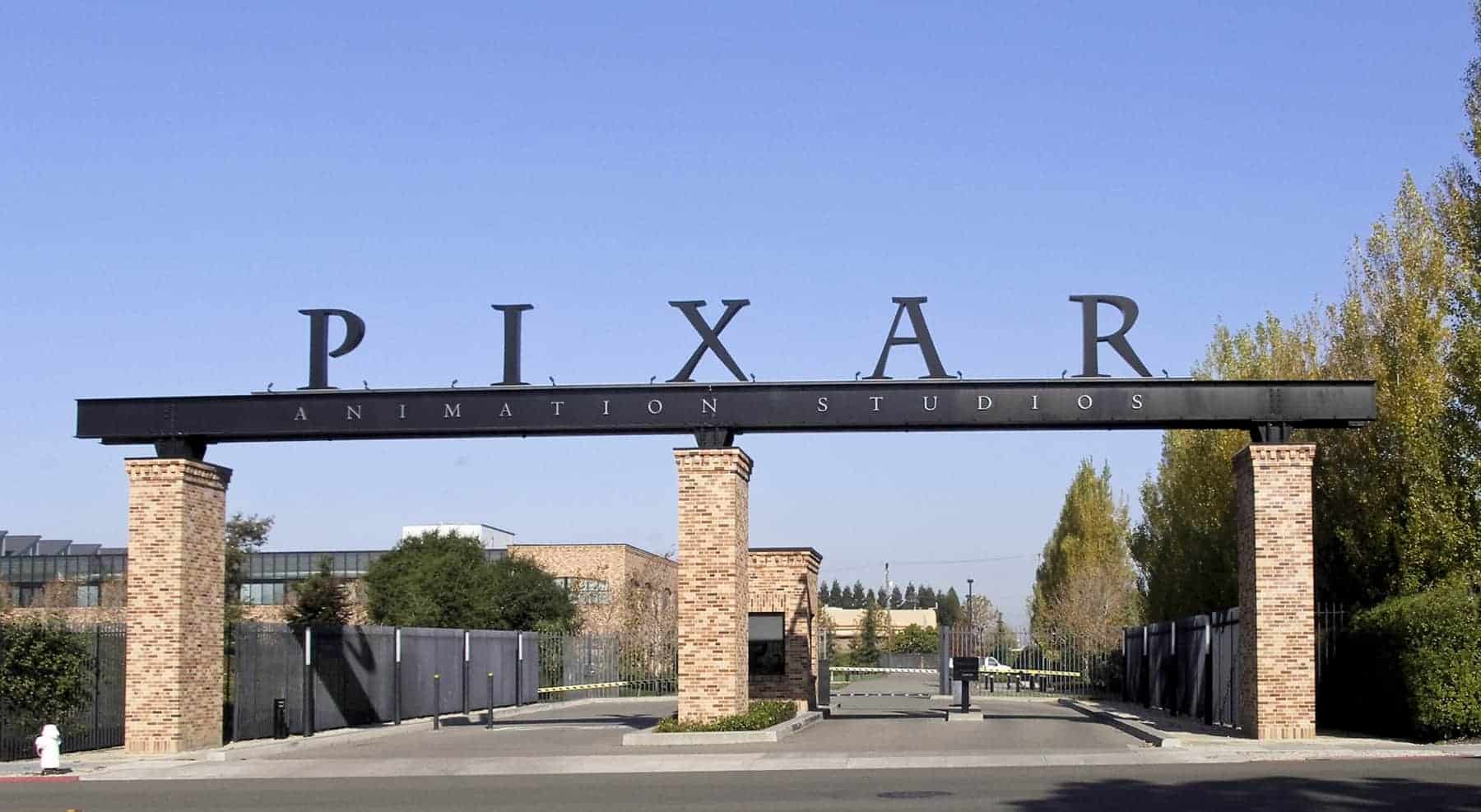
The great places to work are rare. There’s only so many places that put in ping pong tables, cater lunch, and install meditative egg chairs.
But hope is not lost. Rather than going to work someplace great, you can bring the qualities of a great workplace to you. Ron Friedman is a researcher and author of The Best Place to Work. He has five proven ways for a better work day.
1. Start the day right.
Friedman suggests that you start the day looking in rather than out. “Being responsive in the morning is really cognitively expensive,” Friedman says. For most people the first three hours of work is their most productive time, and we should invest that time in our work.
This doesn’t mean you can’t help others. It means that you help them later. Fellow academic Adam Grant found that the most successful engineers were the ones that did their own work first, and then helped their colleagues. The least successful ones did the opposite.
It’s easier to look in, Friedman advises, if you have a plan before you sit down to work. He likens it to a restaurant’s kitchen. There, a chef wouldn’t cut up the onions and roast the meat if she didn’t have a plan for that night’s meal. Similarly, we should strategize first and execute second.
2. Get through the 2:00 slump.
The afternoon slump has become professional parlance and there are plenty of energy drinks that promise to be a silver bullet. Watch out, says Friedman. Rather than try to up your energy, admit that it’s not there, and plan work that fits your energy.
Taylor Pearson talked about “creative work debt” in a June episode of the Productivityist podcast. For Pearson, 20 hours per project per week was the limit. Anything over that was one step forward, two steps back. When he realized this, he planned pivots that required less mental energy.
Mike Vardy has been known to do something like this as well:
Time to process the ol' inbox… http://t.co/xVYwOjhVBQ pic.twitter.com/uWGuMRoPJ1
— Mike Vardy (@mikevardy) June 8, 2015
“The tasks don’t have to be low level tasks,” says Friedman. “We’re actually better at being creative when we’re fatigued.” Often, creativity comes from constraints, and it’s when we don’t see the first answer that we might come up with better ideas.
“In the morning, be self motivated. After three, unleash your creative.”
3. You must exercise. The benefits of exercise go well beyond the superficial. It helps blood flow to the brain, activate memory regions, and improve our mood Friedman says. If you think about exercise in these terms, it’s one of the best productivity tweaks you can make.
This doesn’t mean to get a treadmill desk or wake up at five in the morning for a spinning class. Remember, we have limited willpower reserves and the best exercise will fit your day in one of two ways.
- It’s something you enjoy doing. Go for a walk with a friend. Play a sport. Run by yourself. It must be something you look forward to doing.
- Build exercise into your day. We can design systems that nudge us along. Can you walk across town for lunch? Take the stairs? Ride your bike to work?
4. Please disconnect from work.
“People who don’t disengage tend to be less engaged a year later because they are burnt out” Friedman says. We don’t have to always be busy and taking time to play games – as Dave Caolo and Mike Vardy talked about – is helpful. Friedman says that games build up our appetite for strategic risk taking and opens us up to alternative ways of thinking.
And being busy isn’t really the point of work. In her research with the Boston Consulting Group, Leslie Perlow found that people kept busy because that’s what they thought their clients wanted. But it wasn’t.
When BCG surveyed their clients, they found that the clients perceived a higher quality of work when employees unplugged and a colleague filled in. Doing less as individuals meant doing more as a team.
5. Understand true happiness. Being happy is a hard thing to figure out Friedman says, but he does give some suggestions for happiness.
- We mostly overrate salary and underrate growth, connection to colleagues, and autonomy when it comes to our happiness.
- Success at a challenge leads to burnout as often as it leads to happiness.
- Little things like daylight can make us happier. Research of a call center found that when employee’s seats were rotated, the best work was done by those who sat near the windows.
Friedman also say, “if you’re working to create something of value, not every day is going to be a picnic. There are going to be periods of struggle and that’s useful information.” Artist and author Austin Kleon said something similar. When asked about having found his passion (after having been a librarian) Kleon noted that “every job is still a job.”
You’ve got a job. It might not be at Google or Wegmans Grocery, but it doesn’t need to be. It’s about finding ways to make your job as good as it can be. Here are five ideas. Let me know in the comments what else you’ve done to make work better.

